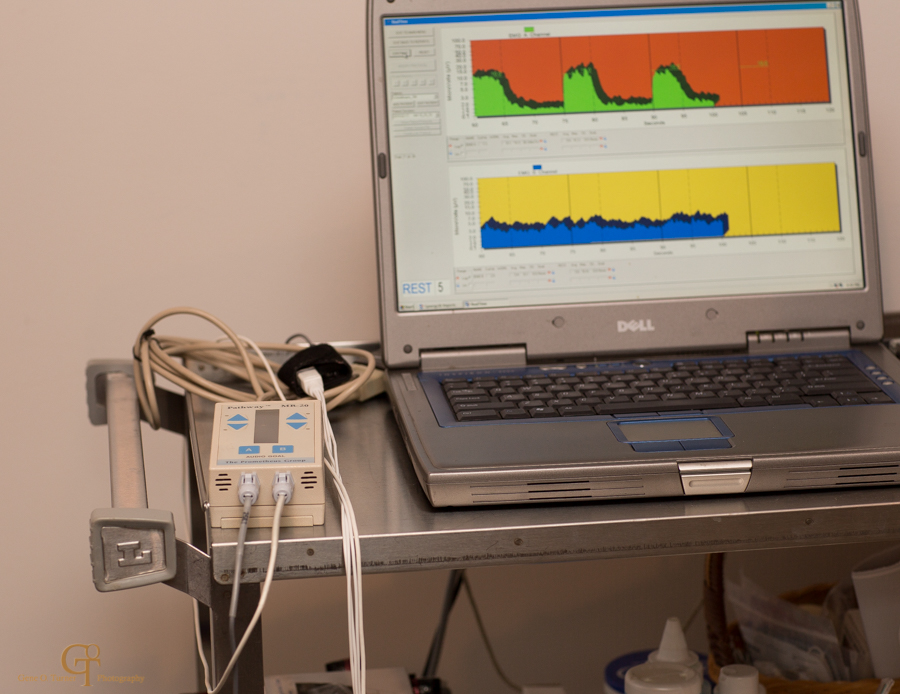Would Biofeedback Training Help You?
Could you benefit from a biofeedback training session? Let’s try something; try doing a Kegel. Do you know if you are activating your pelvic floor muscles (the muscles that perform a kegel) correctly? Are you certain you are only activating these muscles and not your gluteals or your abdominals too? Now relax the muscles (release the Kegel). Do you know if you released them fully? Would biofeedback training help you?
Knowing when you need a Specialist
If you answered no to any of these questions, biofeedback training with a therapist who specializes in this tool may be of benefit to you.
Biofeedback training involves placing sensors over your muscles with an electromyography (EMG) to monitor the electrical activity that causes muscle contraction. When you contract these muscles, you will see an image on the computer screen indicating that you have contracted these muscles correctly.
Training Works
I have found that this training works very well for patients who are not confident in their ability to activate and isolate their pelvic floor muscles. The visual on the computer screen is very helpful for patients to determine if they are contracting correctly. Kegels can be tricky!
Another population that will benefit is those who struggle with constipation. Specifically, dyssynergic defecation is a term your GI specialist may have used to describe the inability to relax the pelvic muscles and sphincter when having a bowel movement. When we move our bowels, we need to release the pelvic floor muscles to let stool pass through. If we cannot effectively relax, the bowels may not fully empty. Common symptoms of this are a feeling of incomplete bowel movements, small bowel movements, thinly shaped bowel movements, or having the urge but being unable to pass stool once on the toilet.
Biofeedback is an effective and non-invasive tool used often to help treat the problems described above. Nina Olson is a board-certified biofeedback specialist in pelvic muscle dysfunction.

